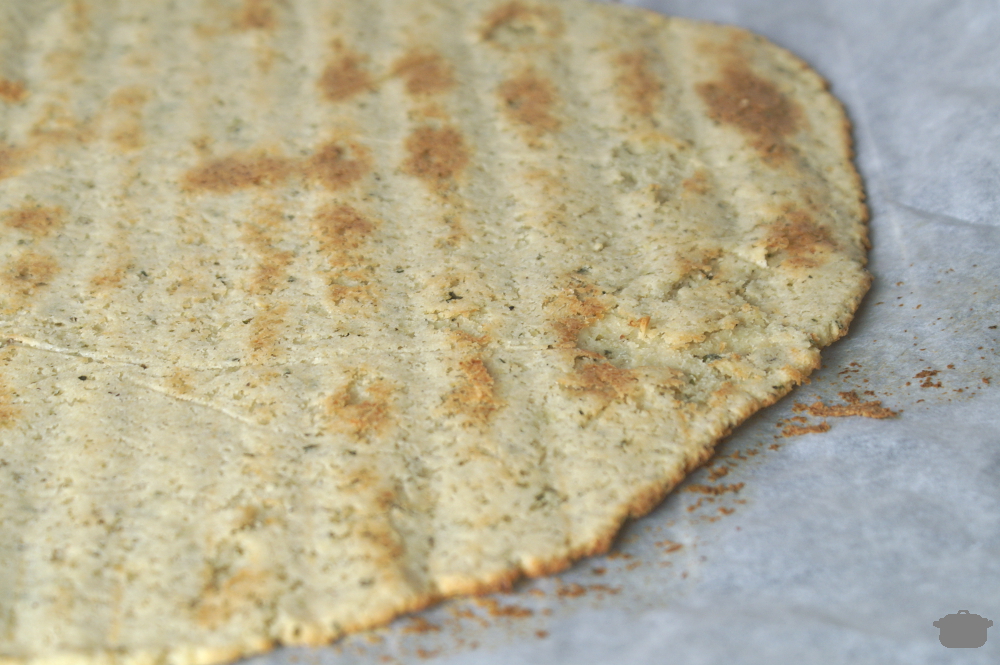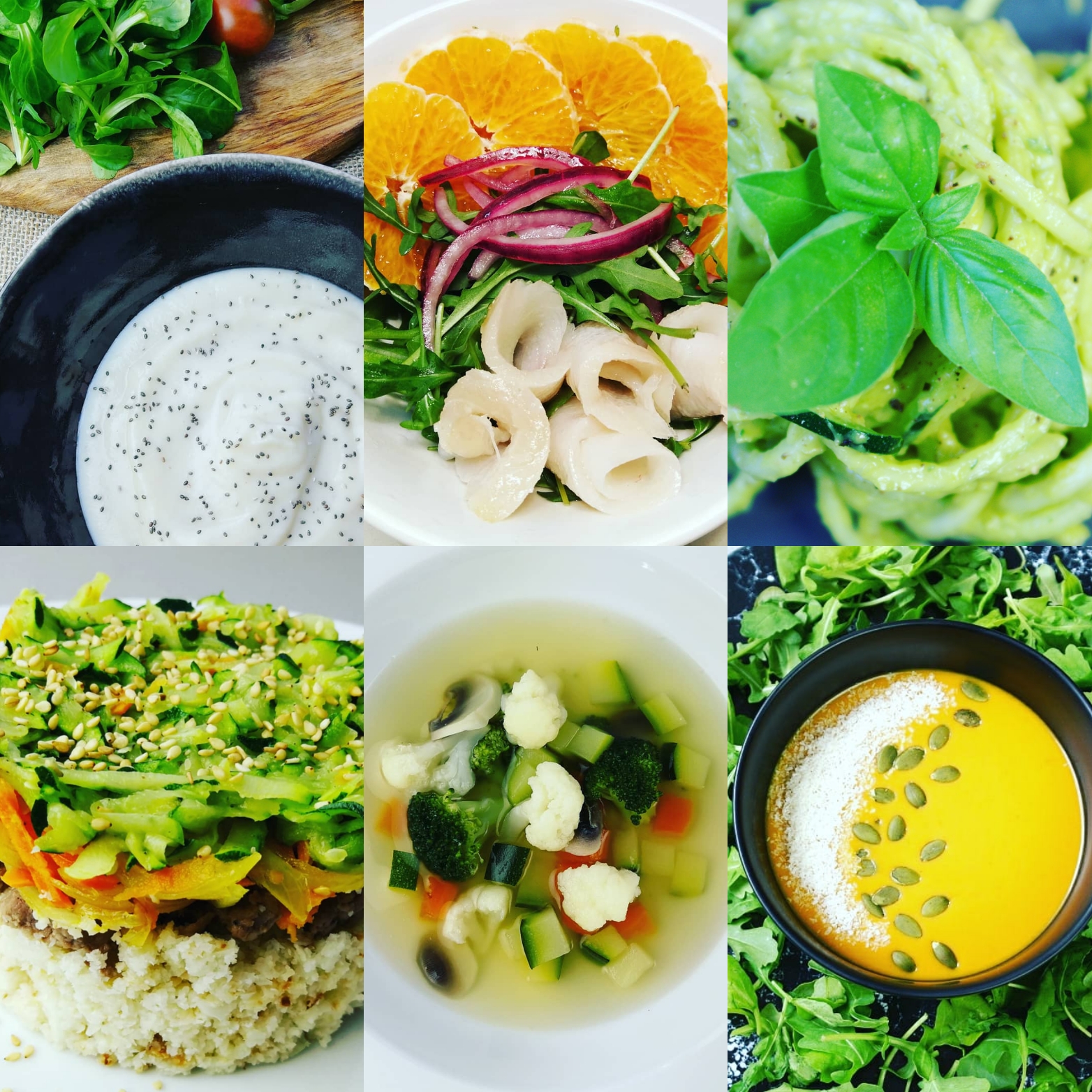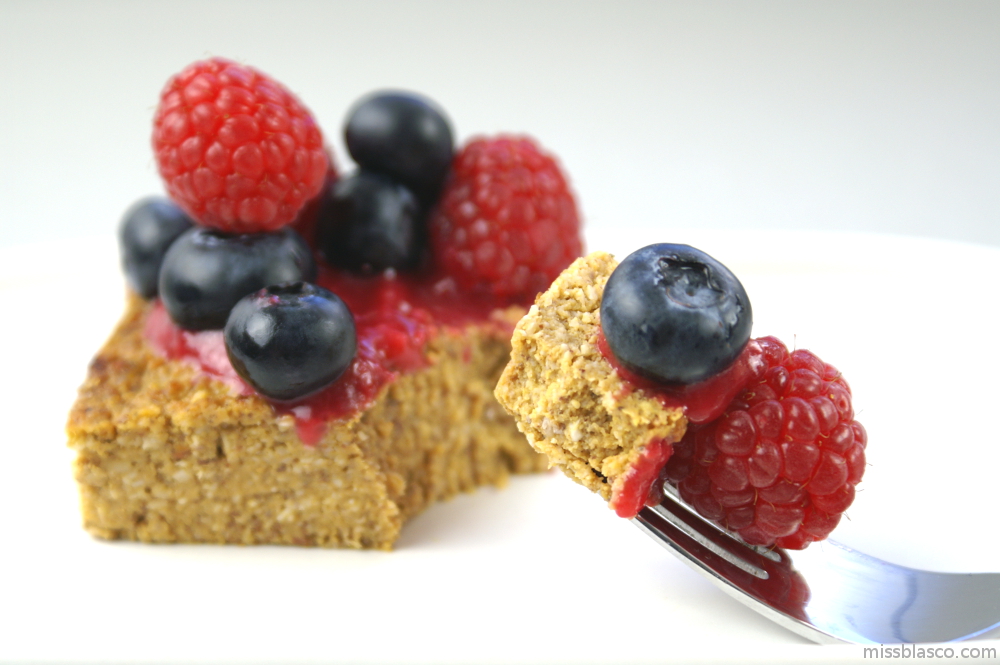
THE PALEOLITHIC DIET
Altamira Cave
______________
When I was studying Prehistoric Art at the Faculty of Art History at the University of Valencia, back in 2000, I could not imagine that one day I would end up adopting the “diet” that those first humans of the Stone Age supposedly professed.
Eleven years later, during my pregnancy, I was diagnosed with gestational diabetes and I had no choice but to try to find answers and solutions to what was happening to me.
Unfortunately, this process had to be individual, since the help from the gynecologist, endocrinologist and nurses was very limited and did not answer my questions.
My concerns and constant questions about nutrition and diabetes focused on more specifically, in the diet-disease relationship.
Obviously, these professionals did not have specific training in nutrition and dietetics and were unable to establish an appropriate action plan, beyond standardized diets, basic health advice and medication.
In “The Paleolithic Diet”, Loren Cordain establishes the foundations of this movement, based on the rejection of processed products.
In my tireless search to learn to eat properly, I came across Loren Cordain’s book, The Paleolithic Diet1, which I must admit, initially captivated me.
Loren Cordain is the creator of what we know as the Paleolithic Diet, and in this book, he lays down the foundations of what he believes is the most appropriate diet for humans.
“Eating like our ancestors did” would be the basis of the now famous Paleolithic diet. But what exactly does this statement refer to? Which ancestors are you referring to?

The Paleolithic diet, as its name suggests, focuses on the type of diet that was supposedly followed during the Paleolithic period, a period in prehistory that lasted the longest period of human existence, from approximately 2.5 million years ago to 10,000 years ago.
Those first inhabitants of the earth were hunter-gatherers, and it is believed that our genetics are adapted to eat as they did, a diet that, according to Cordain, “nature designed”2.
Paleolithic societies were hunter-gatherer and nomadic.
The Stone Age3, is divided into two periods, the Paleolithic (Old Stone), and the Neolithic (New Stone). It was during the transition from one period to the other, a process that lasted many years, when a great change occurred in humanity, known as the Neolithic Revolution, (agrarian revolution).
This period of time began about 10,000 years ago with the first crops in the Near East and the appearance of livestock.
Man went from being nomadic to sedentary and gradually the consumption of cereals, legumes, dairy products and farm meats began and, according to Cordain, it was then that humanity began to suffer from diseases.
Neolithic Revolution: transition from nomadic societies to a sedentary lifestyle as a consequence of agriculture and livestock farming.
What does the Paleolithic diet consist of?:
- It is characterized by the consumption of proteins of animal origin, reducing the consumption of carbohydrates, and that these come from fruits and vegetables, avoiding cereals, tubers and refined sugar.
- Consume plenty of fiber from fruits and vegetables, but avoid legumes.
- Consume healthy fats, monounsaturated, polyunsaturated and try to achieve a balance between Omega 3 and Omega 6 fatty acids.
- Do not consume dairy products and above all, avoid any processed products.
The Paleolithic diet gives priority to quality meats and fish, fruits, vegetables and greens, and nuts and seeds.

Advantages of the Paleolithic diet:
From my point of view, the main advantage It is the great importance given to avoiding processed products. It emphasizes consuming foods as they come from nature, cooking at home, in a simple way. Another advantage is that it recommends reducing carbohydrates with respect to more common diets, and that these come from fruits and vegetables, in my case this was very positive. Learning to contribute between 40% and 50% of carbohydrates to the diet, especially eliminating wheat flour (bread, pasta), starches (potato) and rice. Promoting the consumption of nuts, some pseudocereals, such as quinoa and buckwheat, and learning which fruits and vegetables were the most suitable for my pathology. It can be stated, and there seems to be a consensus among scientists, that the paleo diet:
- Improves glycemic control.
- Improves the lipid profile (cholesterol and triglyceride control).
- Contributes to reducing fat mass and, consequently, reducing body weight.
- Prevents cardiovascular diseases.
The paleo diet can help with blood sugar control, blood cholesterol levels, and the prevention of cardiovascular diseases.
But it is not that simple. These benefits will be realized if the intake of different foods is adequate and if self-deception is not resorted to.
We must avoid the abuse of dried fruits, honey, panela, and all those foods, which, although natural, are rich in simple sugars and carbohydrates. carbon.

Returning to my personal experience, although I did not maintain this diet strictly for a long time, barely 6 months, knowing about it marked a turning point in my way of eating, shopping and cooking.
It produced in me a change of mentality, which there is no turning back. Over the past eight years I have developed many recipes that I would never have been able to create otherwise, which I share on this page www.missblasco.com and many more to come.
The main drawback is the restriction of foods that are common in Western diets: cereals, legumes, and dairy products.
I also consider that the Paleolithic diet also has some disadvantages:
- It is highly restrictive, because not being able to consume cereals, legumes, and dairy products can be tiring and boring, and it does not provide the nutritional value of these foods.
- Its detractors point to an excess of protein, but this is relative since the amounts of macronutrients and micronutrients are not marked, only the non-consumption of certain foods is emphasized.

In this sense, a paleo diet can consist of a reduction in carbohydrates by up to 40%, for example, which is not extreme and would not require such an exaggerated increase in proteins and would be compensated with healthy fats.
If you also think that adopting such a diet is too much and you couldn’t bear it, you can take the middle path, as I did.
A good option is to take this diet as a base and add high-quality products such as whole dairy products and some legumes.
My conclusion:
I’m sticking with the Paleolithic diet as a base and adding quality whole dairy products, some cereals, although very few and always whole grain, and a moderate amount of legumes (not without my hummus!).
This type of diet, along with daily training, has allowed me to control my diabetes, maintain a stable weight, and ultimately, feel great.
Regards!
Francesca.
1Cordain, Loren. The Paleolithic Diet, Ediciones Urano, 2011
2Cordain, Loren. The Paleolithic Diet, Ediciones Urano, 2011, page 15
If you liked this post, you might also be interested in:
Jose
Gracias por el artículo, muy acertado y de agradecer. Uno de los inconvenientes es que alimentarse prescindiendo de cereales y procesados es muy caro, las proteínas y productos frescos no pueden competir con los hidratos, salvo contadas excepciones. Y va a ser difícil revertir el asedio al presupuesto de la cesta de la compra, asediado cada dia más con nuevos dispendios en tarifas de datos, abonos y suscripciones digitales, ocio a precio de oro, gin tonics ‘premium’ o modas consumistas variopintas. Solo hay que ver como ha cambiado Mercadona la dieta de sus clientes, orientada a du beneficio. Luego dirán que venden lo que les pide la gente, excusa parecida a la que dan las productoras de telebasura. Yo creo que no es cierto, ambos actores, los Mercadonas o Telecincos de turno promocionan y alientan el consumo de aquello que les depara más beneficios, sin importar alterar los hábitos y las necesidades de sus clientes, o crear nuevas necesidades a su antojo, algo totalmente proscrito desde un punto de vista ético y especialmente reprobable cuando se trata de la alimentación (y la salud) de la población.
missblasco
Hola Jose, te doy la razón en cuanto a que, en general, es más costoso proveerse de alimentos frescos y proteínas de calidad, pero sabemos que eso no debería de ser así, lo interesante de esto es aprender a cocinar y a comprar todos esos productos frescos de temporada, que por serlo, son más baratos y saber que hay carnes y pescados que por no ser los más apreciados, son mucho más baratos que sus equivalentes de primera línea. Merece la pena esforzarse para que nuestra cesta de la compra sea lo más saludable posible sin caer en los continuos engaños que la industria alimentaria y los grandes distribuidores nos ofrecen. En la educación nutricional está la clave, más allá del presupuesto. Yo abogo por incluir la educación nutricional en los colegios desde los primeros estadios, creo que es algo fundamental y nos ayudaría mucho a todos. Saludos y gracias por tu comentario. 🙂